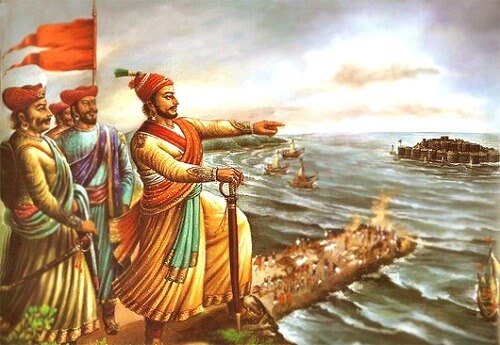
Chatrapati Shivaji Maharaj was the founder of the Maratha Empire in western India. He is considered to be one of the greatest warriors of his time and even today, stories of his exploits are narrated as a part of the folklore. With his valor and great administrative skills, Shivaji carved out an enclave from the declining Adilshahi sultanate of Bijapur. It eventually became the genesis of the Maratha Empire.
After establishing his rule, Shivaji implemented a competent and progressive administration with the help of a disciplined military and well-established administrative set-up. Shivaji is well-known for his innovative military tactics that centered around non-conventional methods leveraging strategic factors like geography, speed, and surprise to defeat his more powerful enemies.
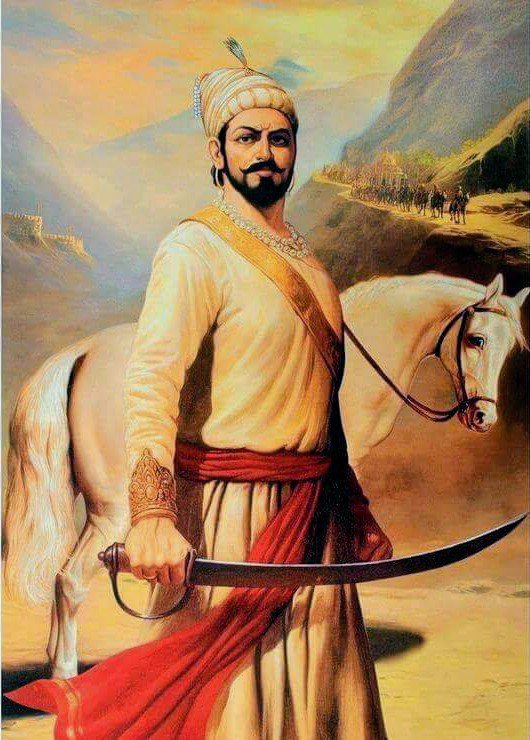
Chhatrapati Shivaji Maharaj is being considered as the Father of Indian Navy. We are going to discuss more about this on this article.
Before going to the topic, it’s needed to know the History of Indian Navy.
History of Indian Navy is quite old. Lets go through some famous empires in India and their Navy.
Mauryan Empire’s Navy :
The Maurya Empire was a geographically-extensive Iron Age historical power based in Magadha and founded by Chandragupta Maurya which dominated ancient India between 322 and 187 BCE. Comprising the majority of South Asia, the Maurya Empire was centralized by conquering the Indo-Gangetic Plain in the eastern extent of the empire and had its capital city at Pataliputra(modern Patna). The empire was the largest to have ever existed in the Indian subcontinent, spanning over 5 million square kilometres (1.9 million square miles) at its zenith under Ashoka.
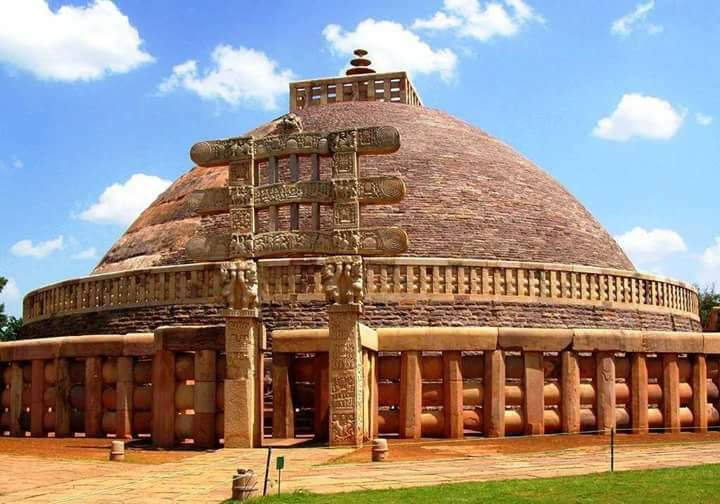
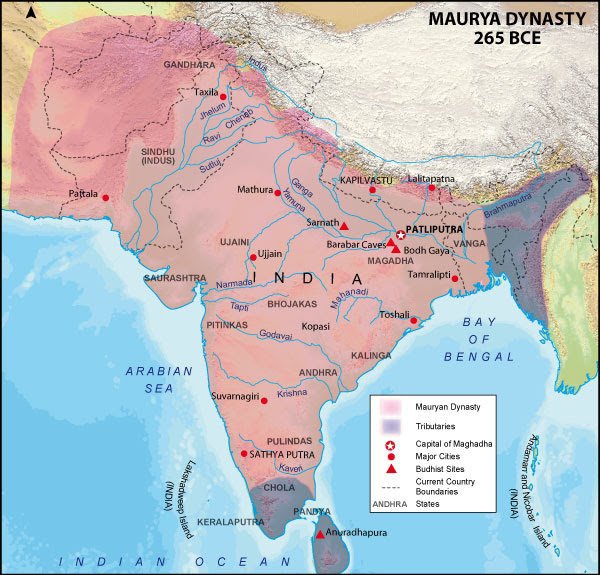
The earliest known reference to an organisation devoted to ships in ancient India is to the Mauryan Empire from the fourth century BCE. Emperor Chandragupta Maurya’s Prime Minister Kautilya’s Arthashastra devotes a full chapter on the state department of waterways under navadhyaksha (Sanskrit for Superintendent of ships) . The term, nava dvipantaragamanam (Sanskrit for sailing to other lands by ships, i.e. Exploration) appears in this book in addition to appearing in the Sanskrit text, Baudhayana Dharmasastra as the interpretation of the term, Samudrasamyanam.
Not much is known about Maury’s Naval might but the information sure serve a beginning of Indian Naval Power.
Gupta’s Navy:
The Gupta Empire was an ancient Indianempire existing from the mid-to-late 3rd century CE to 590 CE. At its zenith, from approximately 319 to 550 CE, it covered much of the Indian subcontinent. This period is called the Golden Age of India by some historians. The ruling dynasty of the empire was founded by the king Sri Gupta; the most notable rulers of the dynasty were Chandragupta I, Samudragupta, and Chandragupta II alias Vikramaditya. The 5th-century CE Sanskrit poet Kalidasa credits the Guptas with having conquered about twenty-one kingdoms, both in and outside India, including the kingdoms of Parasikas, the Hunas, the Kambojas, tribes located in the west and east Oxus valleys, the Kinnaras, Kiratas, and others.
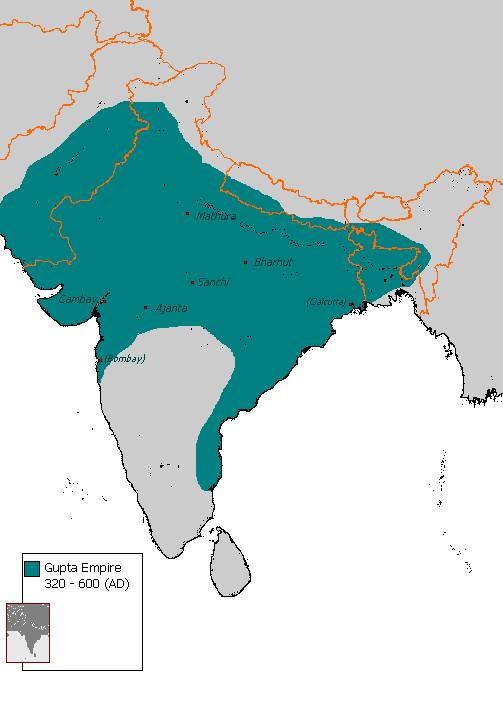
Military might of India grew during this age. The Imperial Guptas could have achieved their successes through force of arms with an efficient martial system. Historically, the best accounts of this come not from the Hindus themselves but from Chinese and Western observers. However, a contemporary Indian document, regarded as a military classic of the time, the Siva-Dhanur-veda, offers some insight into the military system of the Guptas.
The Guptas also had knowledge of siegecraft, catapults, and other sophisticated war machines.
Samudragupta and Chandragupta II understood the need for combined armed tactics and proper logistical organization. Gupta military success likely stemmed from the concerted use of elephants, armored cavalry, and foot archers in tandem against both Hindu kingdoms and foreign armies invading from the Northwest. The Guptas also maintained a navy, allowing them to control regional waters.
During the reign of Chandragupta II, Gupta empire maintained a large army consisting of 500,000 infantry, 50,000 cavalry, 20,000 charioteers and 10,000 elephants along with a powerful navy with more than 1200 ships. Chandragupta II controlled the whole of the Indian subcontinent; the Gupta empire was the most powerful empire in the world during his reign, at a time when the Roman Empire in the west was in decline.
Chola’s Navy:
The Chola dynasty was one of the longest-ruling dynasties in history. The earliest datable references to this Tamil dynasty are in inscriptions from the 3rd century BCE left by Ashoka, of the Maurya Empire (Ashoka Major Rock Edict No.13). As one of the Three Crowned Kings of Tamilakam, the dynasty continued to govern over varying territory until the 13th century CE.
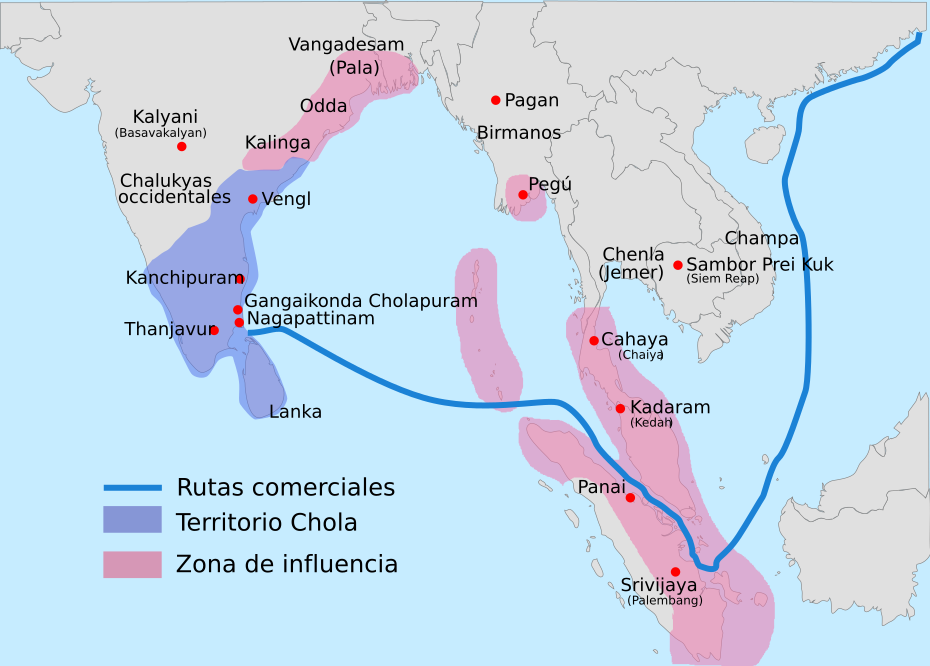
The Chola Navy comprised the naval forces of the Chola Empire along with several other naval-arms of the country. The Chola navy played a vital role in the expansion of the Chola Empire, including the conquest of the Ceylon islands and naval raids on Sri Vijaya (present-day Indonesia). The navy grew both in size and status during the Medieval Cholas reign. The Chola Admirals commanded much respect and prestige in the society.
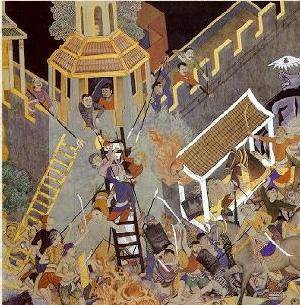
The navy commanders also acted as diplomats in some instances. From 900 to 1100, the navy had grown from a small backwater entity to that of a potent power projection and diplomatic symbol in all of Asia but was gradually reduced in significance when the Cholas fought land battles for subjugating the Chalukyas of Andhra-Kannada area in South India.
The earliest record of Chola naval activity by an external source dates to around the 1st century, the Roman report of Kaveripoompattinam (presently known as Poombuhar) as Haverpoum and a description of how the Trade vessels were escorted by the King’s fleet to the estuary as it was a natural harbor in the mouth of the river Kaveri.
Little archeological evidence exists of the maritime activities of this era, except some excavated wooden plaques depicting naval engagements in the vicinity of the old city (See Poompuhar for more details). However, much insight into the naval activities of the Cholas has been gathered from Periplus of the Erythrean Sea. In this work, the unknown merchant describes the activity of escort-ships assigned to the merchant vessels with valuable cargo. These early naval ships had some sort of a rudimentary flame-thrower and or a catapult type weapon.
Colandia, the great ships which was used by Early Cholas.[clarification needed] By this they sailed to pacific islands from Kaveripatnam(as center). At that time, Pattinathu Pillai is the chief of the Chola’s Navy.
Many other Indian Empires too had good Indian navy during their time.
Maratha’s Navy :
The Maratha Empire is credited with laying the foundation of the Indian Navy and bringing about considerable changes in naval warfare by introducing a blue-water navy.
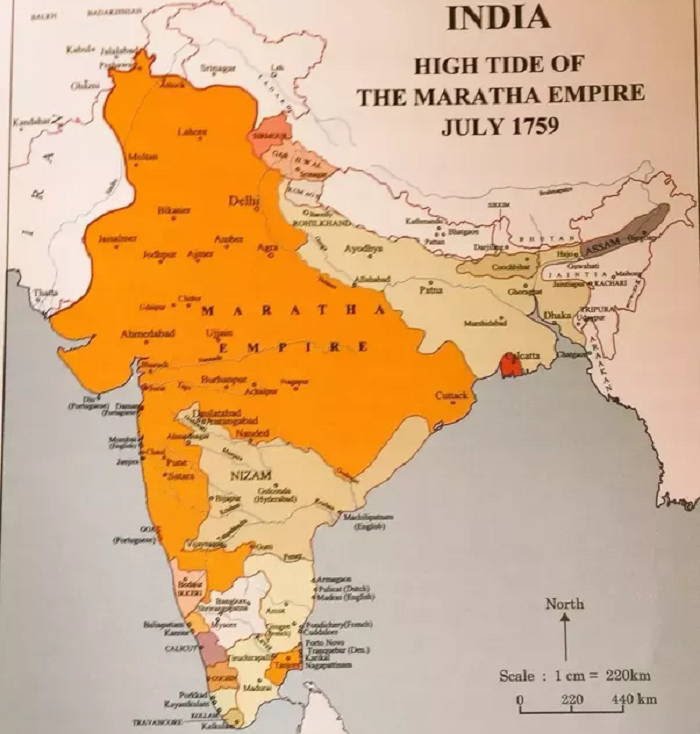
The Maratha Empire is also credited for developing many important cities like Pune, Baroda, and Indore. From its inception in 1674, the Marathas established a Naval force, consisting of cannons mounted on ships.
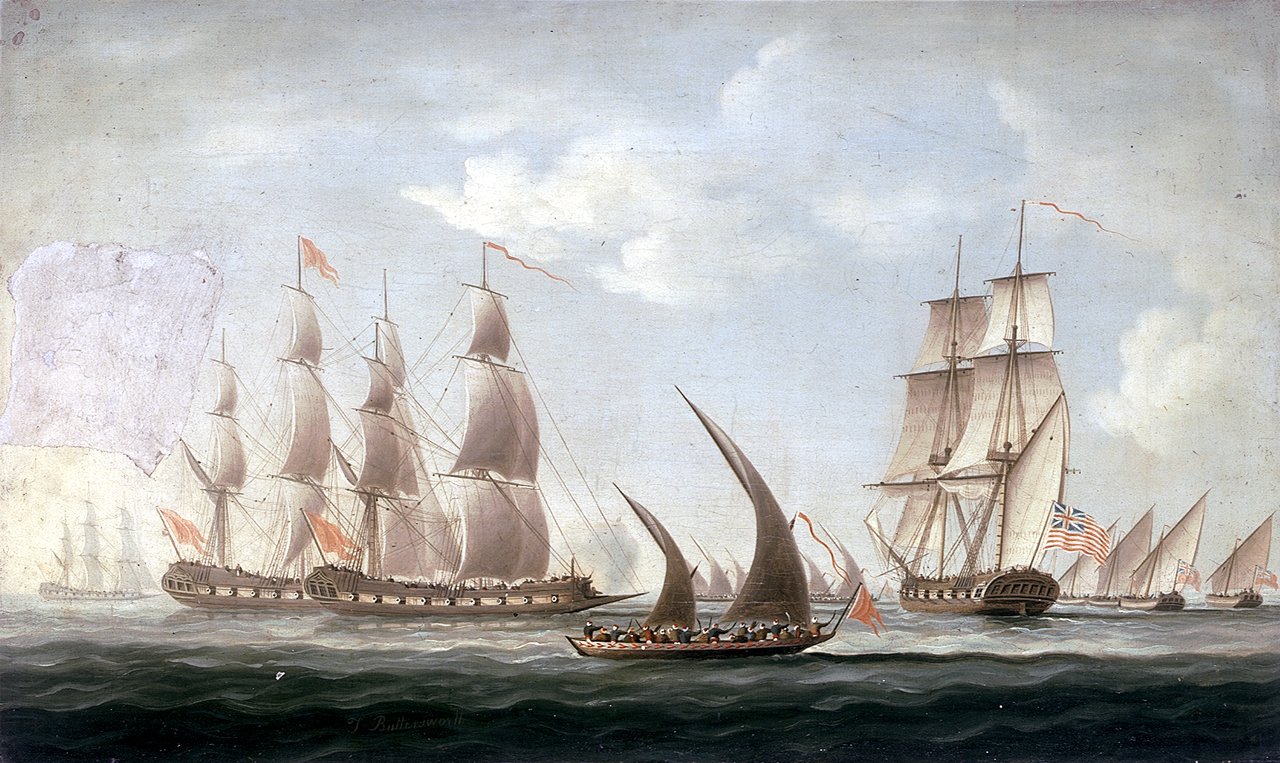
The dominance of the Maratha Navy started with the ascent of Kanhoji Angre as the Darya-Saranga by the Maratha chief of Satara. Under that authority, he was admiral of the Western coast of India from Bombay to Vingoria (now Vengurla) in the present day state of Maharashtra, except for Janjira which was affiliated with the Mughal Empire.
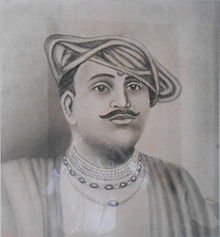
The Marathas established watch posts on the Andaman Islands and are credited with attaching those islands to India. He attacked English, Dutch and Portuguese ships which were moving to and from East Indies. Until his death in 1729, he repeatedly attacked the colonial powers of Britain and Portugal, capturing numerous vessels of the British East India Company and extracting ransom for their return.
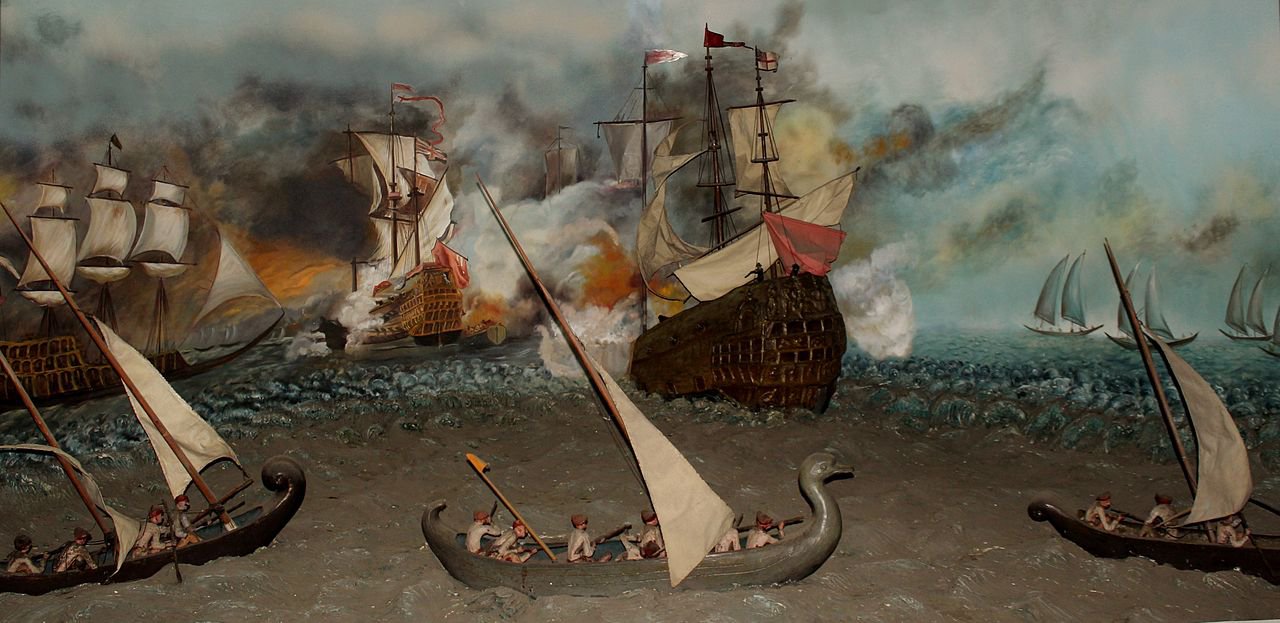
On 29 November 1721, a joint attempt by the Portuguese Viceroy Francisco José de Sampaio e Castro and the British General Robert Cowan to humble Kanhoji failed miserably. Their combined fleet consisted of 6,000 soldiers in no less than four Man-of-war besides other ships led by Captain Thomas Mathews of the Bombay Marine failed miserably. Aided by Maratha naval commanders Mendhaji Bhatkar and Mainak Bhandari, Kanhoji continued to harass and plunder the European ships until his death in 1729.
The ‘Pal’ was a three masted Maratha man-of-war with guns peeping on the broadsides.
Most significantly,Battle of Colachel:
The Battle of Colachel (or Battle of Kulachal) was fought on 10 August 1741 [O.S. 31 July 1741) between forces of the Indian kingdom of Travancore and the Dutch East India Company, during the Travancore-Dutch War. The Dutch never recovered from the defeat and no longer posed a large colonial threat to India, assisting the British East India Company’s eventual rise to dominance on the Indian subcontinent.
Now, Why Shivaji is known as Father of Indian Navy…??
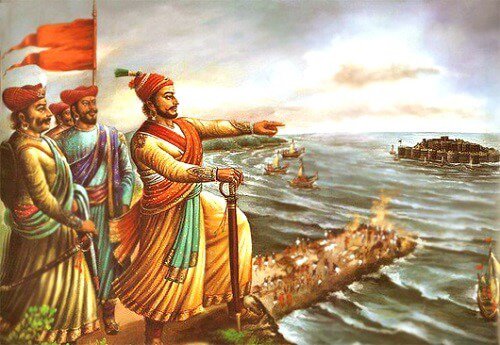
Shivaji built a strong naval presence across long coast of Konkan and Goa to protect sea trade, to protect the lands from sack of prosperity of subjects from coastal raids, plunder and destruction by Arabs, Portuguese, British, Abyssinians and pirates. Shivaji built ships in towns such as Kalyan, Bhivandi, and Goa for building fighting navy as well as trade. He also built a number of sea forts and bases for repair, storage and shelter. Shivaji fought many lengthy battles with Siddis of Janjira on coastline. The fleet grew to reportedly 160 to 700 merchant, support and fighting vessels. He started trading with foreigners on his own after possession of eight or nine ports in the Deccan. Shivaji’s admiral Kanhoji Angre is often said to be the “Father of Indian Navy”
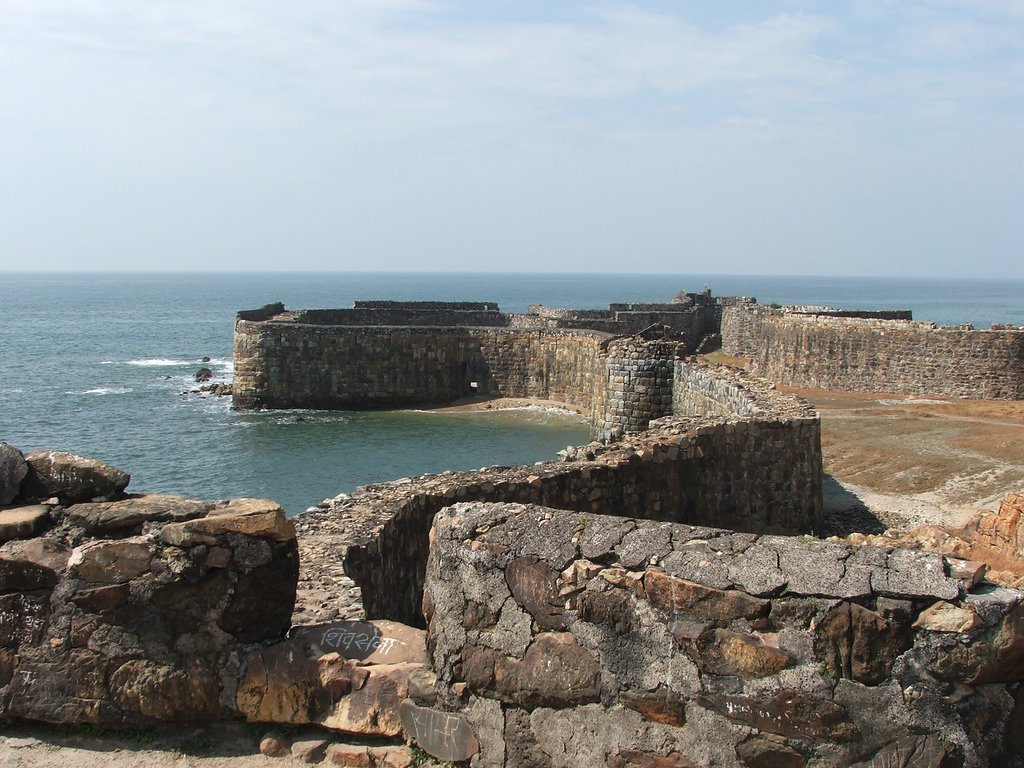
Maratha Navy was strong and defended India against many foreign forces:
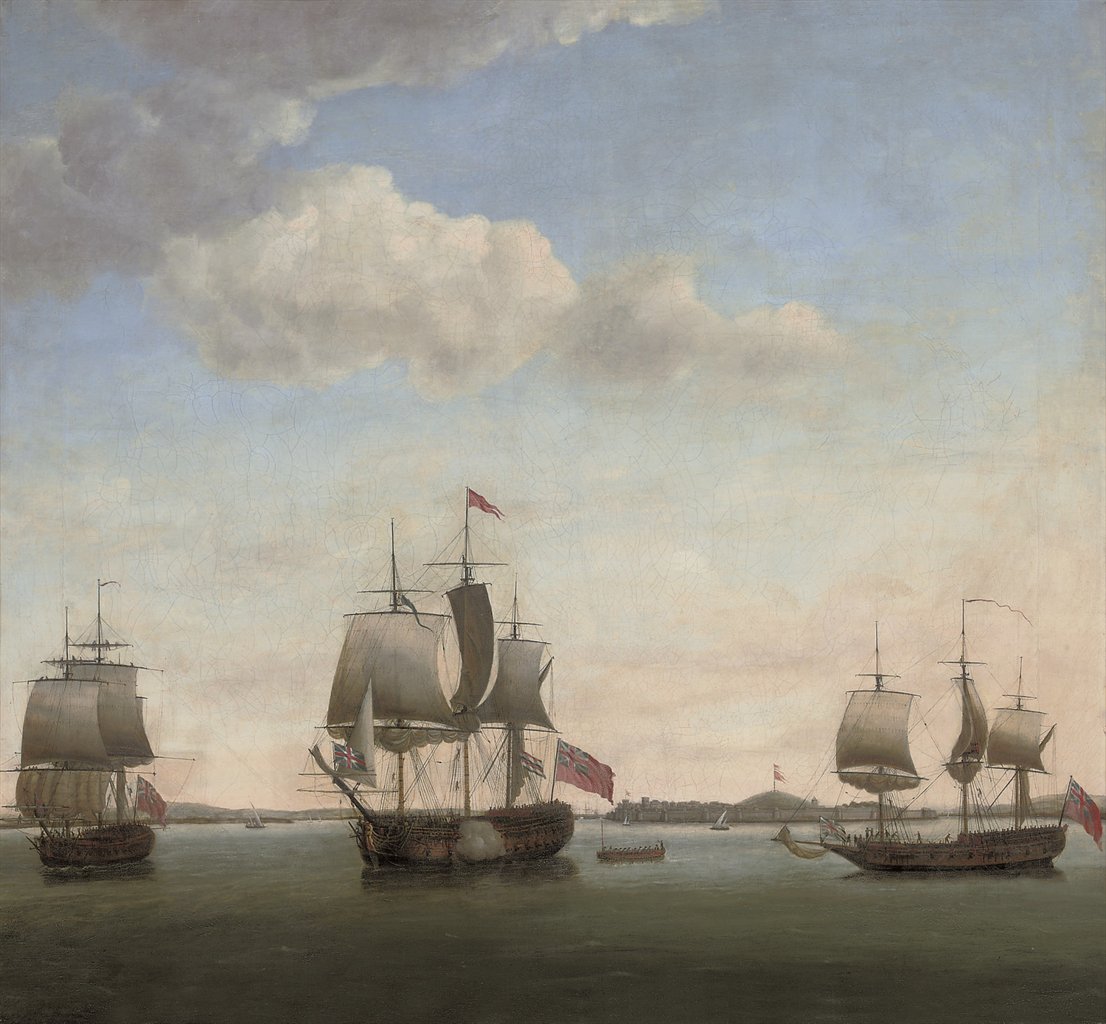
Most important reason is that people can relate to the part of history when Maratha existed. Period of Mauryas and Guptas are long gone. Forget about dates even the years are not clear. When we talk about their glory we refer to history written by foreign sources. No doubt India saw its golden age at the time of Guptas and Muryas but that age is long gone. This is not the case with Maratha. We can relate to this part of the history.
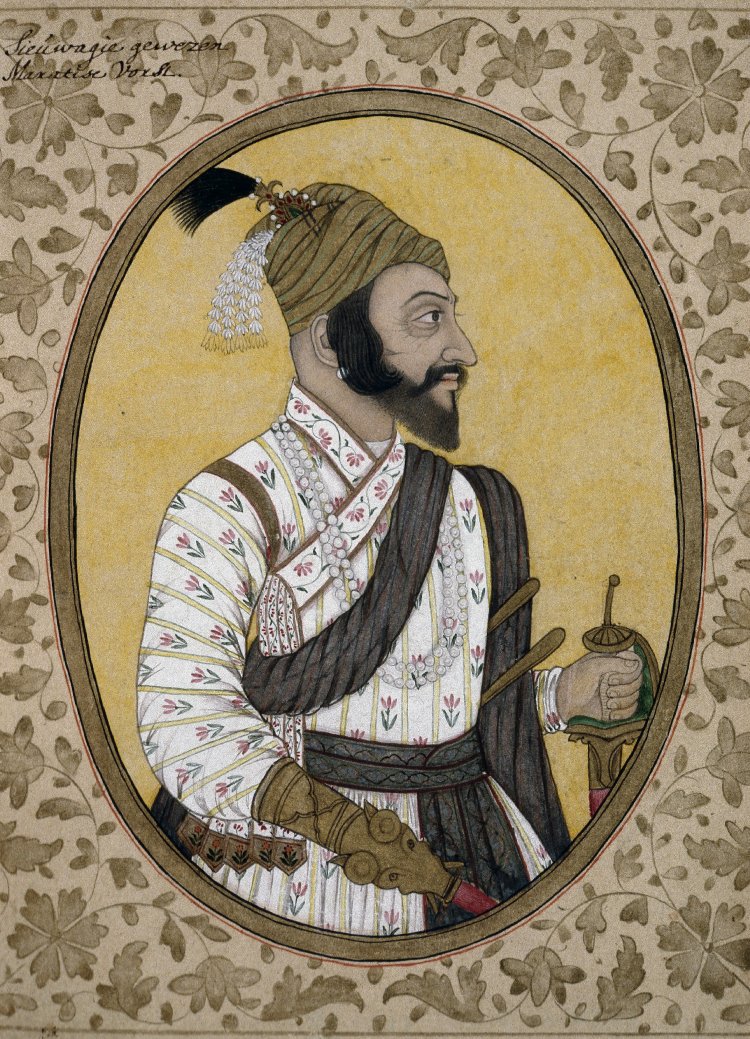
Raja Mudra/ Emblem of Shivaji Maharaj:
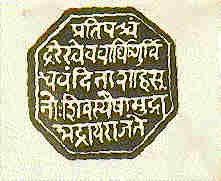
Marathi:
प्रतिपदेचा चन्द्र जसा वाढत जातो, आणि सरे विश्व त्याला जसे वंदन करते, तशीच तशीच ही मुद्रा व् तिचा लौकिक वाढत जाईल…..!
English:
The glory of this Mudra of Shahaji’s son Shivaji (Maharaj ) will grow like the first day moon .It will be worshiped by the world & it will shine only for well being of people.
Its a different thing that some people treat the glory of Maratha as glory of Marathas only and not of whole India.
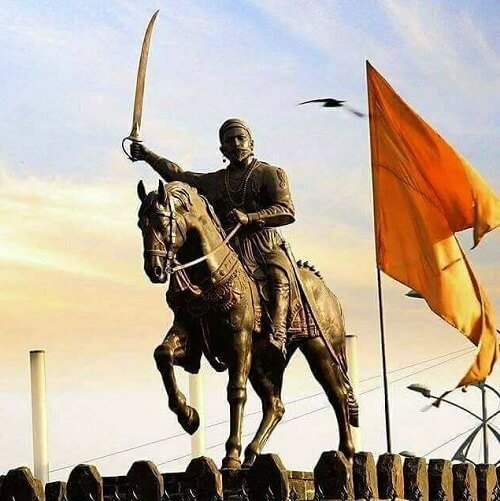
The modern Indian navy is indeed an extension of the navy created by Great Marathas and hence Shivaji is referred as Father of Indian Navy.
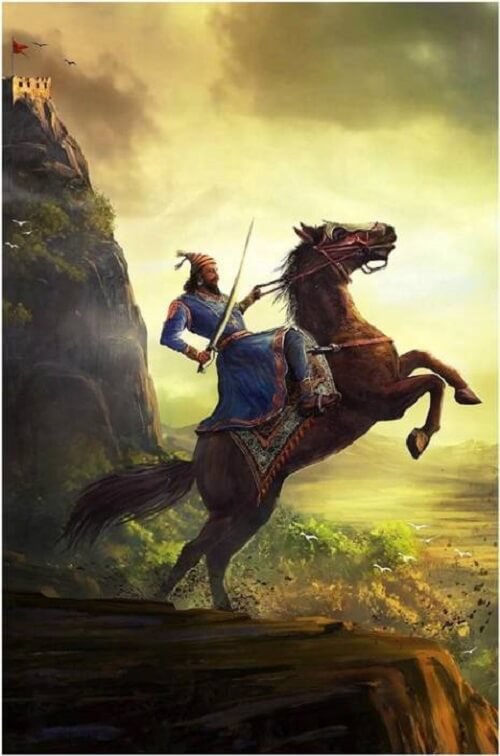
Demise and Legacy:
Shivaji died at the age of 52 on April 3, 1680, at the Raigad Fort, after suffering from a bout of dysentery. A conflict of succession arose after his death between his eldest son Sambhaji and his third wife Soyrabai on behalf of her 10-year old son Rajaram. Sambhaji dethroned the young Rajaram and ascended the throne himself on June 20, 1680.the Mughal-Maratha conflicts continued after Shivaji’s death and the Maratha glory declined greatly. However it was reclaimed by young Madhavrao Peshwa who reclaimed Maratha glory and established his authority over North India.
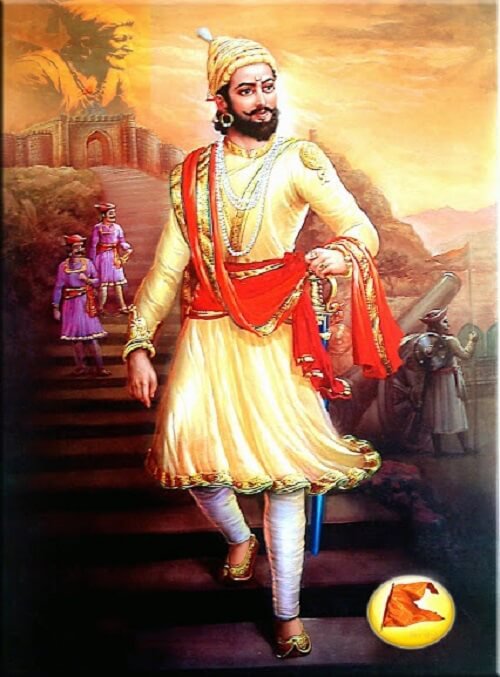
Remembering the great Emperor and a warrior of Maratha Kingdom on his birth anniversary.
{Today, (Feburary 19th) is the birth anniversary of Chatrapati Shivaji Maharaj.}